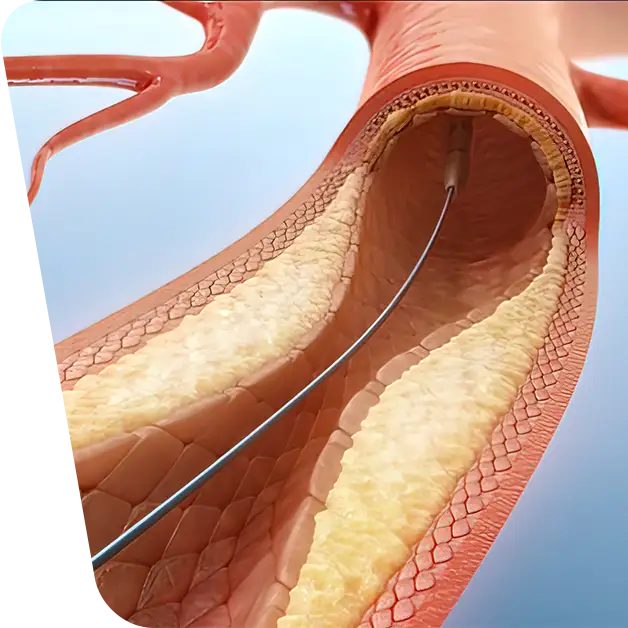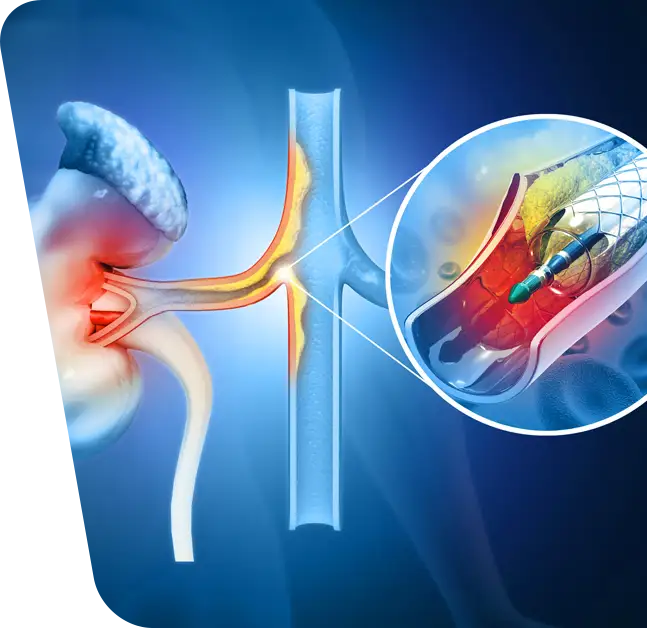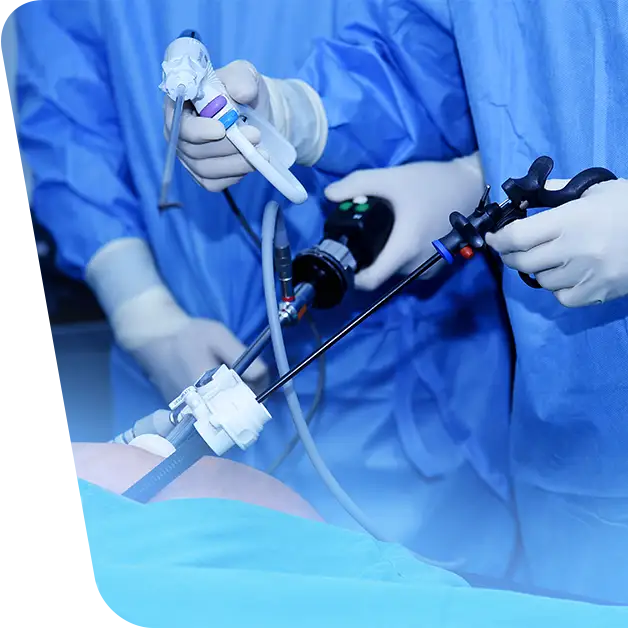What is stress urinary incontinence? Stress urinary incontinence is the involuntary loss (leakage) of urine that occurs during physical exertion: coughing, sneezing, bending, sitting, lifting, etc. The amount of urine lost may be larger or smaller (a few drops). Approximately 1/3 of women over the age of 50 suffer from urinary incontinence. Most women avoid talking openly about urinary incontinence, which delays diagnosis and treatment, which is quite efficient in most cases.
Table of contents
ToggleWhat causes stress urinary incontinence?
- Genital prolapse, which can be caused by weakening of the pelvic floor muscles;
Multiple pregnancies and births, obesity, leading to increased intra-abdominal pressure. - Menopause – due to decreased hormone levels, decreases the tone of the conjunctival tissue.
- Nerve disorders: in some spinal cord injuries, diabetes, Parkinson’s disease, multiple sclerosis.
- Some surgeries (surgical treatment of genital prolapse);
- Medications: prolonged administration of diuretics in hypertension.
How do we diagnose stress urinary incontinence?
Through discussion and clinical examination with your doctor, a diagnosis of stress urinary incontinence can be made. In some cases, additional tests may be needed, which are non-invasive and painless (urodynamics). When the diagnosis is established, your doctor may recommend treatment, which may not be surgical. Whichever method of treatment you choose, the situation will improve and, in some cases, treat the condition permanently.
Before your consultation with the doctor, to make it as informative as possible, it is best to prepare yourself.
- Make a list of all the clinical signs and symptoms you have. It is also important, if you are taking chronic treatment, to write down what medications, as some irritate the urinary tract.
- Prepare a list of questions you want your doctor to answer, such as:
- What are the treatment methods for this condition?
- Can it be treated without surgery?
- Can it worsen over time, or can complications arise?
- Can body weight influence this disease?
- What investigations are needed to determine the cause of urinary incontinence?
How do we treat stress urinary incontinence?
Some self-training techniques can help with small and medium urinary incontinence:
Kegel exercises: these are exercises designed to strengthen the pelvic floor musculature by repeatedly tightening and relaxing the urine-retaining muscles, without tightening the muscles of the legs or abdomen. These exercises should be performed every day, 10 repetitions per set, 5 sets per day.
- Weight loss: obesity is one of the causes of urinary incontinence, by increasing intra-abdominal pressure.
- Weights: the application of this intravaginal device can lead to the disappearance of urinary incontinence by trying to keep the bladder in its anatomical location. Disadvantages of this procedure are vaginal infection and foreign body sensation.
- Surgery: when other treatment methods are unsuccessful, surgery may be an option. Modern surgery for urinary incontinence is minimally invasive, laparoscopic or transvaginal, with minimal risks and rapid recovery.
There are several types of surgical procedures:
- Laparoscopic Burch operation, by suspending the proximal urethra and bladder neck at the Cooper ligaments. This procedure is indicated in sexually active patients, with good results, minimal risk of infection and rapid recovery. (No prosthetic material is used);
- Transvaginal TOT, TVT (mesh) tape insertion for urethral and bladder neck lift, with low complication rate and long-lasting efficacy.
- Kelly operation: a tissue procedure aimed at restoring the anatomical position of the urethra and bladder neck.
- Artificial sphincter implantation.
As mentioned above, stress urinary incontinence is quite common in women over the age of 45. Treatment is always complex and includes lifestyle changes, medication, specific physical exercises to tone the pelvic muscles, as well as some surgery. These treatment methods will improve your quality of life, or even permanently treat stress urinary incontinence.







